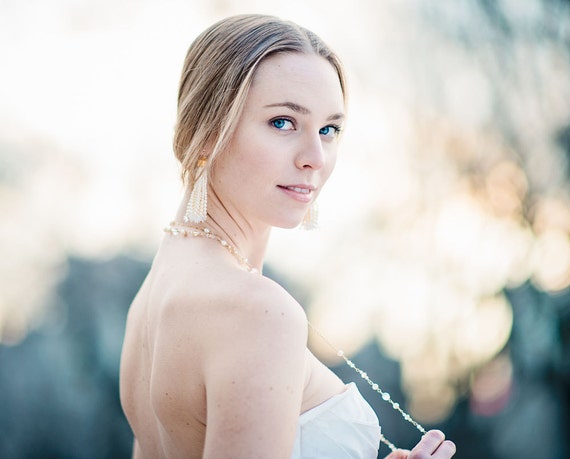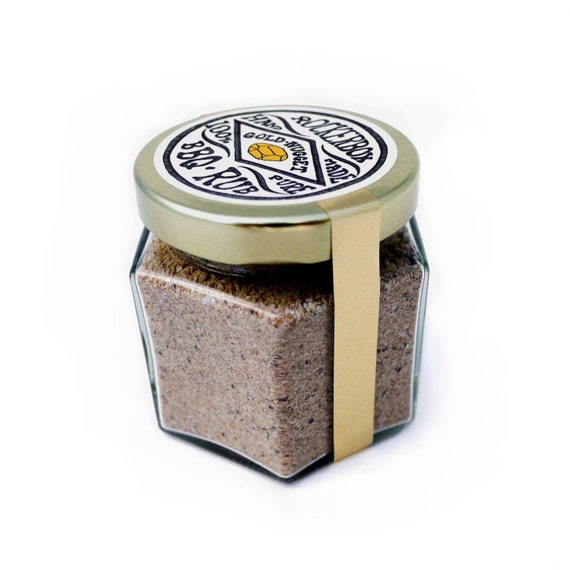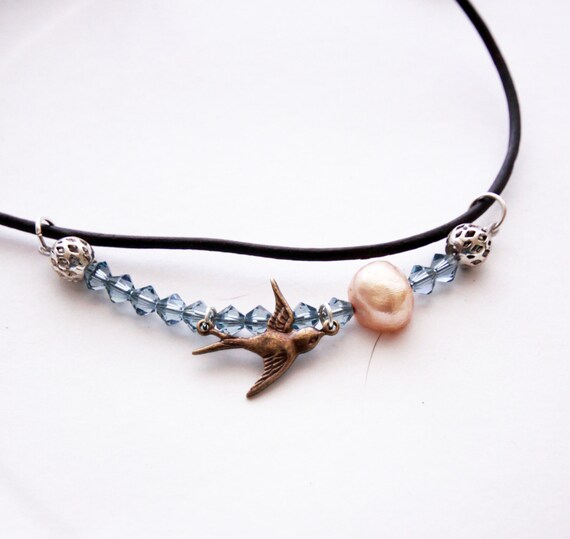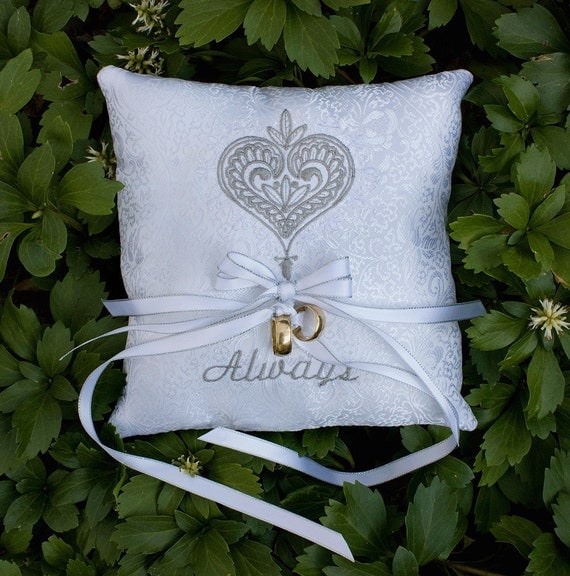Today we have a guest post from team member Kathryn Luciana of Huzzah Handmade sharing with us her recent visit to White Barn Farm and Fiber.White Barn Farm Shop
Spring was barely in the air when I returned to White Barn Sheep and Wool near New Paltz, N.Y. I'd visited this lovely shop and farm last year and signed up for a couple of lectures, but this time, I was there to immerse myself in a process called
Wet Felting. I have always been intrigued by this process, and although I've been knitting and felting my work for years,
Wet Felting is very different, and I wanted to learn more about it.
Paula Kucera, owner of the farm, welcomed us to her studio and shop, which is housed in part of the white barn for which the farm is named. The shop is cozy, very well stocked with a wonderful variety of fiber, books, tools, and a nice selection of local handmade items. Featured is a good selection of locally sourced fibers in addition to her own luscious yarns from her herd of mostly Cormo sheep. She recently remodeled the "knit lounge" and the workshop area of the barn, so we had lots of light and space to work. She described the process, showed us various examples of finished pieces, books about wet felting, and described the materials that we would be using.
Merino wool batts, and coils of roving
Very simply stated,
Wet Felting is a process by which various fibers are arranged on a fiber background creating a design. Then the substrate and fibers are covered, and warm, soapy water is gradually poured over the piece. By rubbing gently with your hands, and adding water as necessary, gradually the fibers start to meld, but that's just the beginning! Several more steps and several more hours later, you have your finished piece.
In preparation for the day, Paula suggested that we find something to inspire our project, like a photograph, scrap of fabric, an image or anything we might find helpful as a jumping off point. I decided to choose one of my photographs. I found several that I thought might work, and manipulated them in Photoshop to make them more abstract. I took four or five with me, but finally ended up with one from part of my garden.
My batt and my inspiration photos
Paula was kind to us. She chose 100% Merino 19 micron wool, because of it's ability to felt more easily then other fibers. A great choice for newbies. The "canvas" on which we worked is called a batt. We had chosen our batt colors in advance, and Paula had a nice variety available when we arrived. The batts are basically soft, rectangular sheets of wool, and since we were going to be making purses or tablet carriers, the color of the batt would become the inside of the bag. I chose gray/brown, but more adventurous students chose lime green or turquoise. Other than that, our tools were humble: a towel, plastic bubble wrap, synthetic organza fabric, a plastic sheet, rubber stair tread material, a scrap of non-slip rug material, and a piece of a foam "noodle" like kids use in the pool. |
| Our tools |
The "paint" we used on our "canvas" was Merino wool roving in an amazing variety of colors, yarn, and various other fibers. We set about pulling off sections from the roving coils to create our designs. With my photograph nearby, I started creating my scene. As well as the wisps of roving, I also used a couple of colors of merino yarn for texture. Once our bag front was complete, we flipped the whole piece over and repeated the process for the back and flap. (Notice the piece of plastic inside the bag to keep the back and front from felting together). With step one, the bag front and back completed, we moved on to step two. Time to get wet! If you like getting messy, you'll love this process.
 |
| Step One, complete |
Step Two is where the magic starts to happen. The front of the bag is covered with a scrap of organza fabric. Then, warm, soapy water is dribbled over the fabric gradually. It needs to get really wet. Squishy wet. As you add water, you start to gently rub the fibers with your hands, eventually covering the entire piece. This abrasion will start the felting process. Rub, add water, rub, check your progress by lifting the fabric. Finally, the fibers will be adhered to themselves and to the batt, so that you can lift the organza and flip the piece over to repeat the process on the back. I wanted to make a messenger style bag with a cross body strap, so I had an additional step. I selected a length of roving, allowing for shrinking, and using the rubber stair tread, I rolled the wet roving back and forth on it until it felted into a solid tube. As I worked on the bag back, I attached the strap to the inside, felting it as I rubbed the outside of the bag. The side seams are turned under and felted closed securely. After that, time for a quick lunch and a trip to see the sheep down at the barn.
 |
| Recently sheared Cormo Sheep |
 |
| Organza fabric layer |
Back to work, we now started the labor-intensive part of the process. Our pieces were sandwiched between two sheets of plastic, and one piece still remained inside. We placed our work on the bubble wrap, rolled them around our foam noodle, and tied the ends tightly. On top of our towels, we started rolling the package back and forth on the table, 50 times one way, then flip the package around and 50 times the other way. There is a stance one must assume to do this, and you quickly learn the meaning of the phrase "put your back into it." Using our forearms, we rolled and flipped and rolled and flipped. Paula assured us that it would only take and hour or so! I soon realized that I didn't have to worry about working off the calories I ate at lunch.
Every couple of hundred rolls, we had the chance to peek at the progress of our work. They were getting smaller and denser, little by little. Finally, we were ready to move on, but we were not done yet!
 |
| Checking the progress |
 |
| Rolling, rolling, rolling! |
After deciding that our pieces were sufficiently felted, Paula led us to the sink, where we scrubbed them vigorously in a basin of hot water. After wringing out most of the water, we then got to use our rubber mats. Now, at this point, if you have any aggression to release, go for it. We grabbed our bags and threw them down on the mats repeatedly to finish the process. Wham! We were done!! Our bags were felted, but there was still opportunity for further experimentation. I took my bag home and threw it in the dryer on hot, so that it felted even more, and the strap was then the perfect length. My bag ended up being about and inch or two larger than an iPad, all around. I will add a lining and a closure. Other students were considering adding needle felted decorations, beads, leather handles or other adornments.
 |
| Hot water "shock" |
 |
| Throwing down! |
So, after 5 hours, lots of elbow grease, and three cups of Yogi Energy Tea, I have a small insight into the ancient process of Wet Felting. It was a great day, in good company with a patient teacher. A very satisfying experience.
White Barn Farm and Fiber Shop is located at 815 Albany Post Road, New Paltz, N.Y. You can visit Paula on the web at: whitebarnsheepandwool.com
 |
| My bag, with felting completed |
Story and Photos by Kathryn Luciana of
Huzzah Handmade


.JPG)
.JPG)
.JPG)
.JPG)
.JPG)
.JPG)
.JPG)

























